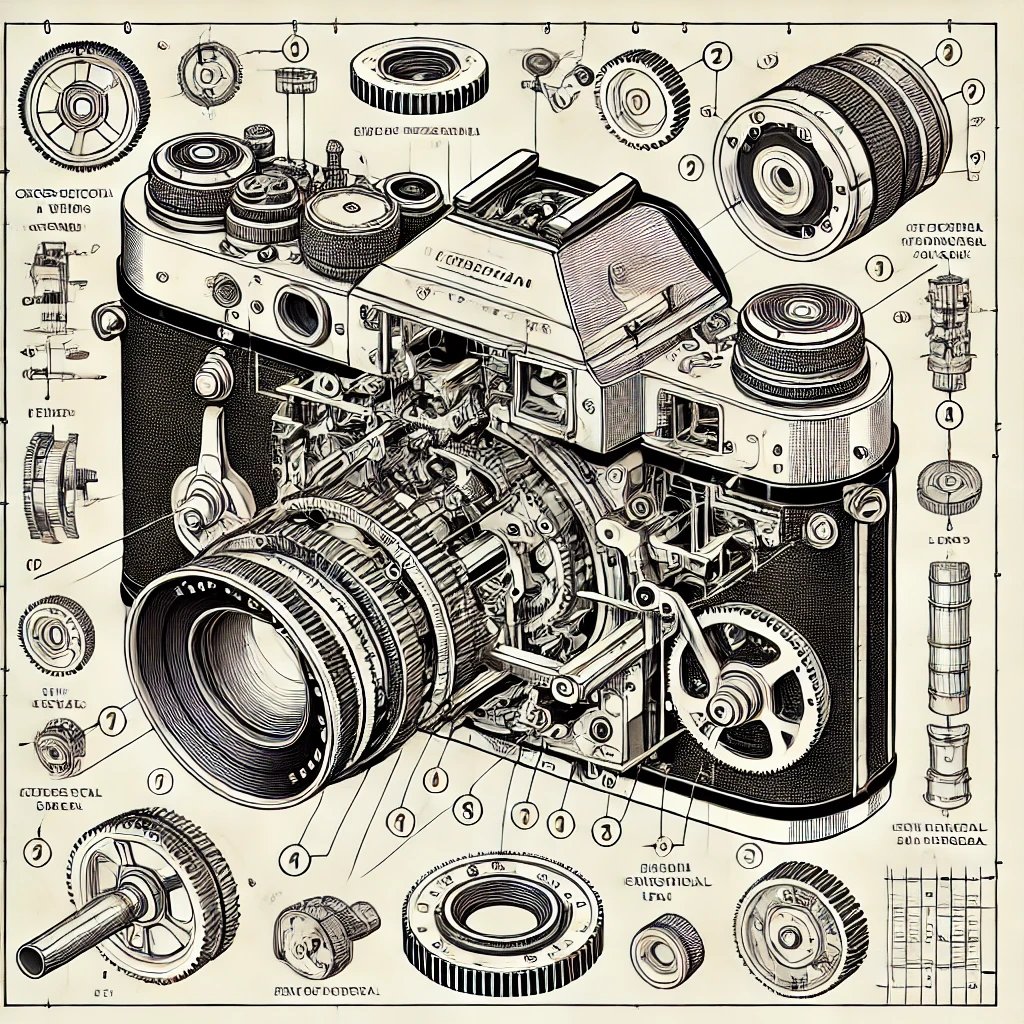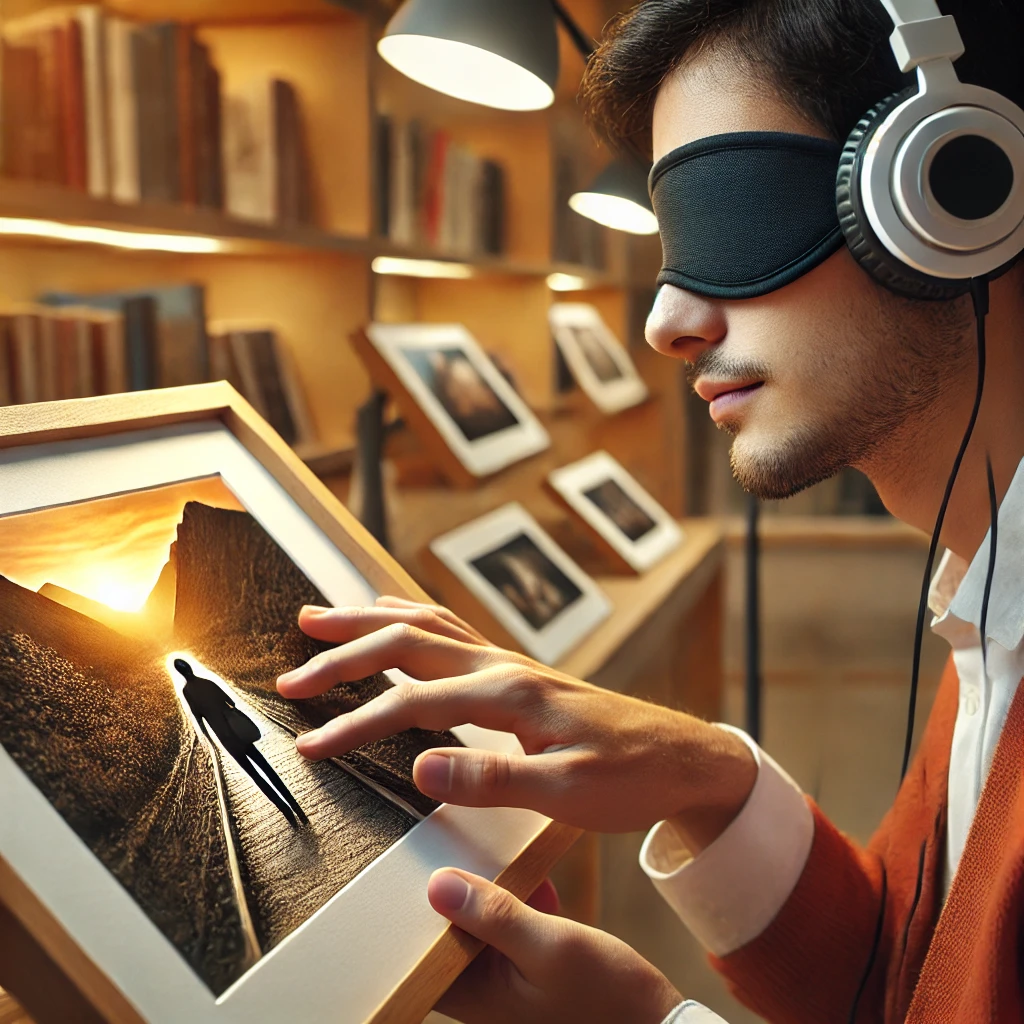How to Organize a Photography Exhibition for Visually Impaired Individuals
How to Organize a Photography Exhibition for Visually Impaired Individuals
Making art accessible to everyone is crucial, and a photography exhibition tailored for visually impaired individuals can be a meaningful step toward this goal. Here are the key elements to consider when planning such an exhibition:
1. Incorporate Tactile Elements
Ensuring the exhibition can be experienced through touch is vital:
Tactile Photographs: Create 3D-printed tactile versions of your photographs, allowing visitors to feel the details of each piece.
Material Representation: Use real materials to simulate the textures represented in the photos. For example, use sand to represent a beach scene.
2. Provide Audio Descriptions
Audio Guides: Prepare audio recordings that narrate the story, atmosphere, and details of each photograph.
QR Codes and Mobile Access: Add QR codes to each photo so visitors can access these audio guides through their own devices.
3. Include Braille Descriptions
Place Braille descriptions next to each photograph, providing information such as the title, story, and context of the artwork. This helps visually impaired individuals access the exhibition’s details.
4. Incorporate Smell and Sound Elements
Smell: Use thematic scents to enhance the experience (e.g., floral scents for nature photographs).
Sound Effects: Add sound effects that complement the scenes in the photographs, such as ocean waves for a seaside image.
5. Choose an Accessible Venue
The venue must be fully accessible:
Ensure features such as ramps, tactile pathways, and wide corridors are available.
Create suitable spaces for guide dogs.
6. Employ Trained Guides
Have trained staff on hand to assist visitors. Guides who understand how to support visually impaired individuals can make the experience more comfortable.
7. Organize Interactive Activities
Conduct tactile art workshops for visually impaired individuals during the exhibition.
Create interactive spaces where visitors can share their thoughts about the exhibited pieces.
8. Collaborate with Organizations
Work with organizations and charities that support visually impaired individuals. These groups can provide valuable insights to enhance the exhibition’s accessibility.
9. Utilize Digital Technologies
Augmented Reality (AR): Enrich the stories behind the photos with digital experiences.
Audio Guide Apps: Allow visitors to access exhibition information via mobile apps.
10. Encourage Participation
Highlight inclusivity in your promotional materials to ensure visually impaired individuals feel welcome.
Open the exhibition to everyone, creating a more inclusive environment.
By implementing these steps, you can ensure that visually impaired individuals can fully engage with the photography exhibition. Such an initiative not only promotes art for all but also contributes to greater societal inclusion.
References
"Inclusive Exhibition Design: A Guide for Making Art Accessible" - National Accessibility Forum, 2023.
"Tactile Graphics and Braille in Visual Arts" - International Journal of Inclusive Design, 2022.
"Technology for Accessibility in Museums and Exhibitions" - Digital Accessibility Monthly, 2021.
"Audio Descriptions and Their Impact on Inclusive Art Experiences" - Art Accessibility Research Institute, 2020.



Yorumlar
Yorum Gönder